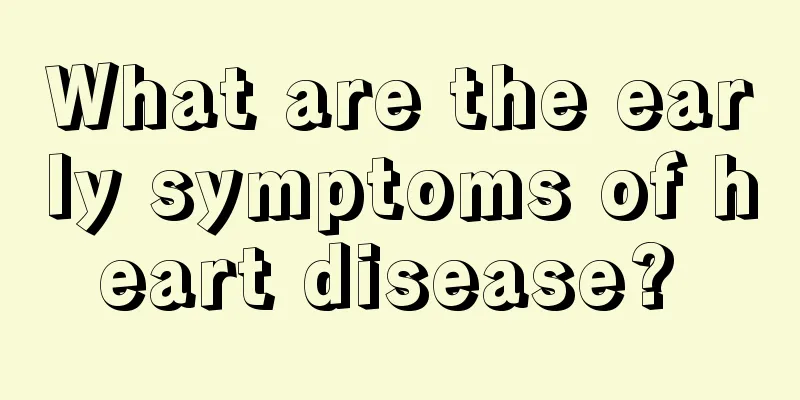Brief discussion on the research overview of glioma

|
Glioma is a difficult disease that occurs frequently in the brain. It is a tumor of the neuroectoderm. Because this type of tumor occurs in the brain, it seriously affects the daily behavior of various parts of the human body and causes many inconveniences in life. Let us briefly talk about the relevant research overview of glioma. Most gliomas develop slowly, and the time from the onset of symptoms to medical treatment is generally weeks to months, and a few can take several years. Highly malignant tumors and posterior cranial fossa tumors have a shorter medical history, while more benign tumors or tumors located in quiet areas have a longer medical history. If the tumor bleeds or cysts, the symptoms will suddenly worsen, and may even have a course similar to cerebrovascular disease. The clinical symptoms of gliomas can be divided into two aspects. One is the symptoms of increased intracranial pressure, such as headache, vomiting, decreased vision, diplopia, mental symptoms, etc.; the other is the focal symptoms caused by tumor compression, infiltration, and destruction of brain tissue, which can manifest as irritation symptoms such as localized epilepsy in the early stage and neurological dysfunction symptoms such as paralysis in the later stage. Gliomas are more common in men, especially glioblastoma multiforme and medulloblastoma, which are significantly more common in men than in women. All types of glioblastoma are more common in middle-aged people, ependymoma is more common in children and young people, and medulloblastoma almost always occurs in children. The location of glioma is also related to age. For example, cerebral astrocytoma and glioblastoma are more common in adults, while cerebellar glioma (astrocytoma, medulloblastoma, ependymoma) is more common in children. Symptoms mainly manifest in two aspects. One is increased intracranial pressure and other general symptoms, such as headache, vomiting, vision loss, diplopia, epileptic seizures and mental symptoms. The other is local symptoms caused by the compression, infiltration and destruction of brain tissue by the tumor, resulting in neurological dysfunction. Some tumor patients have epilepsy symptoms, which may be early symptoms. Epilepsy that begins in adulthood is generally symptomatic and is mostly caused by brain tumors. Those who are difficult to control with drugs or whose seizures change in nature should be considered to have brain tumors. Those with tumors adjacent to the cortex are more likely to develop epilepsy, while those with tumors deep inside are less likely to develop epilepsy. Localized epilepsy has localization significance. |
<<: What are the dangers of glioma
>>: Brief discussion on the research overview of glioma
Recommend
What are the symptoms of infiltrative tongue cancer?
Tongue cancer is very painful for anyone. Many pe...
How to use the scalp massage brush
I believe everyone has heard of scalp massage, bu...
Will a 4-year-old baby get laryngeal cancer?
Laryngeal cancer is more common in the elderly, s...
What are the symptoms of gastric reflux
As the saying goes, nine out of ten people suffer...
What causes excessive lung fire
Excessive lung fire is very common in daily life....
Sinusitis secretion
After suffering from sinusitis, the patient will ...
How to drink hand brewed coffee
Coffee is a drink that many people like to drink....
Mid-stage symptoms of bladder cancer
Hematuria: Hematuria is the most common symptom o...
Radiation therapy will not cause esophageal cancer to metastasize
Cancer cells leave the primary tumor and move to ...
How to clean a burnt ceramic pot bottom
Ceramic pots are very commonly used tools in life...
Which fresh vegetables and fruits can reduce heat?
In the summer, due to the climate, many people wi...
Frequent tinnitus can alert you to six diseases
Tinnitus, dizziness, stars in the eyes...these sy...
How to treat wrist joint pain
The human skeleton is very fragile. Whether it is...
Acute keratitis, these are the things you need to know
Acute keratitis is also a type of keratitis. Acut...
It hurts a bit and there is blood at the end of peeing
The symptoms of a little pain and blood at the en...









